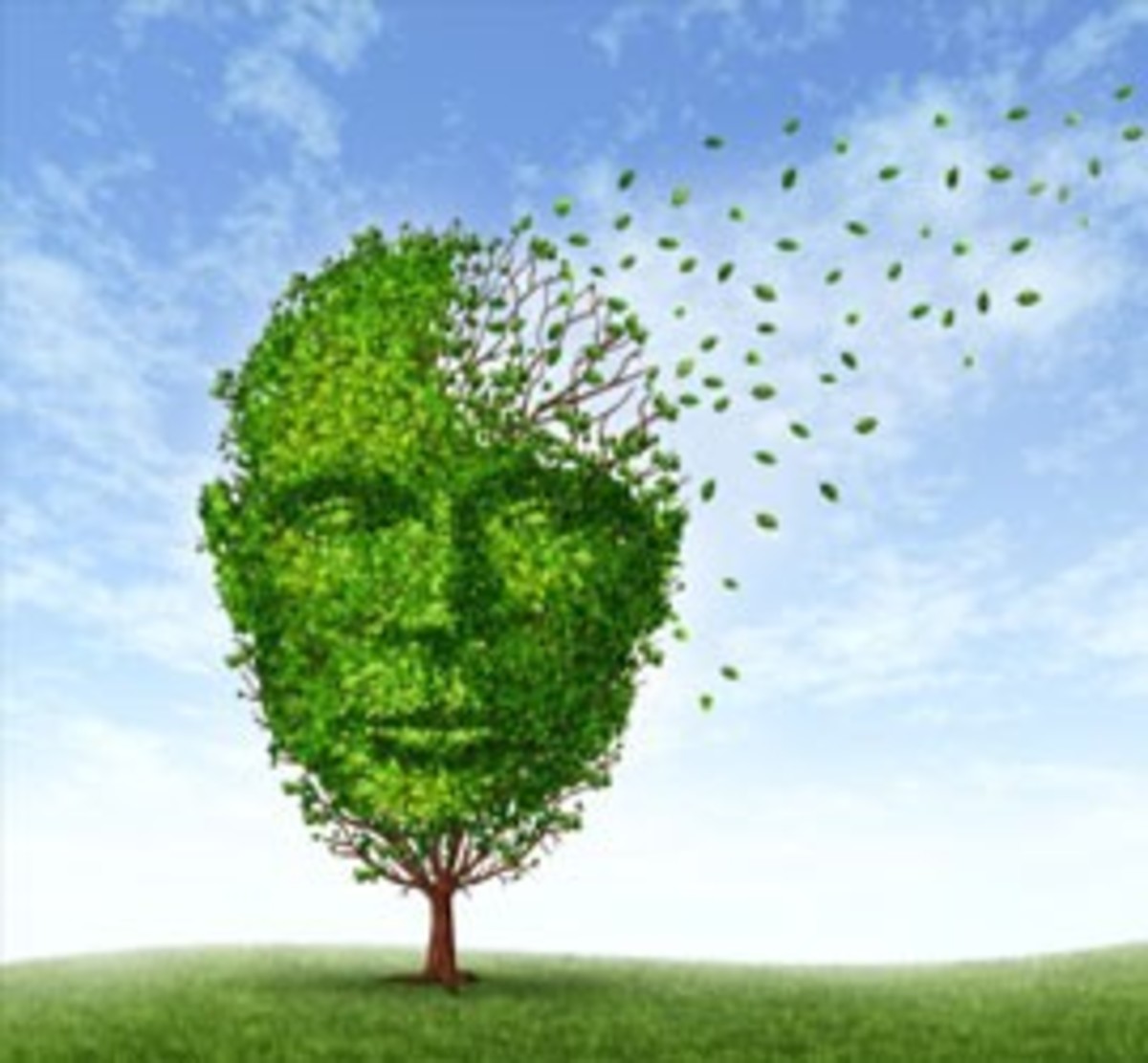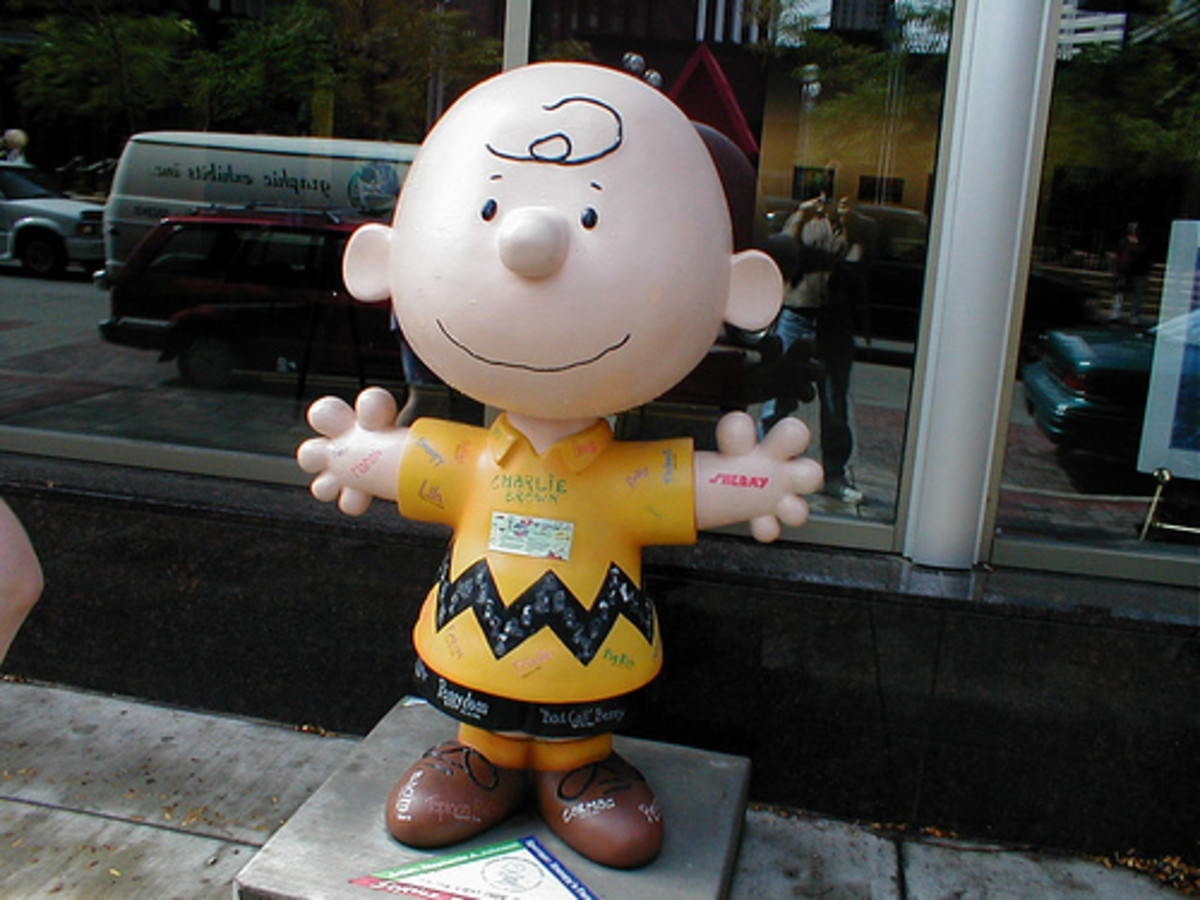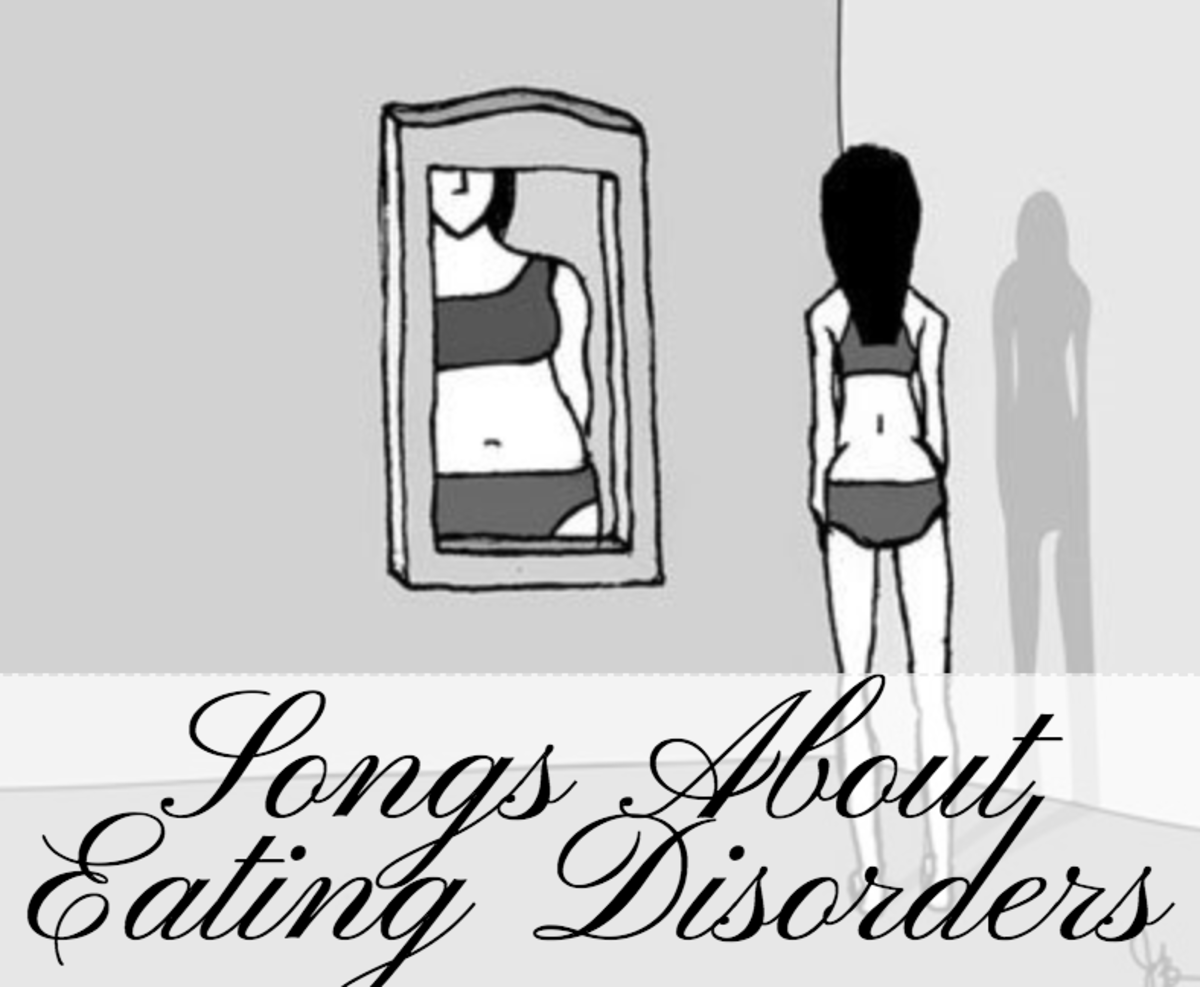Disorders of Eating, Hormonal Drive, Substance Abuse and Impulse Control
Eating, substance abuse, and other impulse control issues
Disorders of Eating, Substance Abuse, Sex, and Personality
To understand fully how diagnoses are made one must understand and analyze the behavior leading to the diagnosis. Diagnosing a disorder is more than reading a checklist and listening to the client speak about their problems. This paper will evaluate the biological, emotional, cognitive, and behavioral aspects of several disorders. The disorders discussed in this paper will include eating disorders, substance abuse, sex/gender/sexual disorders and will conclude with an examination of personality disorders.
Eating Disorders
Eating disorders are defined as an obsession about gaining weight or overeating combined with distorted body image. Included in the definition is the inability to maintain healthy body weight and monitor food intakes as well as an inconsistent self-evaluation based on self perception. The disorder may include binging, purging and food intake restrictions. The two main eating disorders are anorexia nervosa and bulimia nervosa. The two disorders differ in the absence or presence of binge eating and absence of food intake (Hansell & Damour, 2005).
When eating disorders are examined using the cognitive-behavioral perspective revelations are made about how a combination of dysfunctional thinking and experiences support behaviors attributed to eating disorders. Using the cognitive-behavioral perspective eating disorders are explained as unrealistic thoughts about consumption of food as it relates to weight as well as events encouraging eating disordered behaviors (Hansell & Damour, 2005).
Anorexia and bulimia nervosa can be explained biologically by placing emphasis on the roles of hormones, genes, and neurotransmissions. When twins were studied a revelation was made about the manner in which genes impact eating disorder development. Studies are
inconclusive on whether hormones and neurotransmission differences impact the development of eating disorders or if the eating disorder causes the changes (Hansell & Damour, 2005).
Eating disorders and emotions go hand in hand. Most people use food to relieve stress, sadness, anxiety, boredom, anger, and more. For the person with anorexia avoiding food helps also avoid any unpleasant emotions. This helps keep the person’s emotions flat. When one struggles with bulimia nervosa binging causes a numbness that prevents the sufferer from feeling the emotions. Following the binge and before purging the person feels anxious and once again calm returns after the purge (Tiemeyer, 2009).
Substance Abuse
A diagnosis of substance abuse can be arrived at when the patient continues to use even though negative consequences exist. Substance abuse is a maladaptive pattern of substance use resulting to impairment as manifested by at least one of the following, within a 12-month period: as a result of the use failure to fulfill major role obligations at work, school, or home. Usage in physically hazardous situations, recurrent legal problems related to usage, and continuation of use when damaging to social and interpersonal relationships (Fauman, 2002).
Biology, cognitions, behavior. and emotions play a part in substance abuse. Biologically speaking substance abuse an explanation can be made using self medication for biochemical inadequacies as well as genetic predispositions for the disorder. Family systems also support contributions to use and misuse of substances. Behaviorally and cognitively substances are abused to reduce anxiety and stress. The emotional connections include maladaptive coping mechanisms as an avoidance of emotional situations in life (Hansell & Damour, 2005).
Sex, Gender and Sexual Disorder
Sexual disorders are characterized by difficulty expressing normal sexuality to include gender confusion, decreased arousal or desire, orgasm difficulty, painful sex, and use of non human objects. Also included are sexual acts combing suffering and humiliation as well as sex with children and non consenting adults. Biologically speaking, “temporal lobe epilepsy, brain tumors or injuries, and degenerative diseases have all been occasionally implicated in cases of paraphilias” (Hansell & Damour, 2005, p. 335). Women sexual offenders have been found to have a history of sexual abuse and physical abuse as well as mental retardation (Hansell & Damour). The explanation for cognitive-behavioral aspects of sexual disorders compares to that of phobias, fear and sexual arousal occurs as a response to inappropriate stimulus. Emotionally the person with gender identity disorder feels more secure as an adult by changing genders although most individuals with sexual disorders feel emotionally insecure throughout life (Hansell & Damour).
Personality Disorders
Personality disorders are group in the DSM-IV-TR into three clusters, Cluster A, B, and C. Cluster A is known as eccentric or odd to include schizoid, paranoid type disorders. Cluster B includes the emotional, unpredictable, dramatic aspects of personality disorders. The disorders in Cluster B are borderline, antisocial, histrionic, and narcissistic personality disorders. Cluster C is characterized by anxious personality disorders such as obsessive-compulsive, avoidant, and dependent disorders.
Biologically, cognitively, emotionally, and behaviorally all clusters can be further defined. Cognitively and behaviorally experiences in childhood impact the patterns of thought and establishment of interpersonal strategies. The way children perceive those around them also impacts how personality develops. Personality is further determined through the manner in
which the child is related to throughout development as well as observations of personalities within the home. Biologically individual appearances impact other’s perceptions as well as how personalities form due to the environment. Emotional trauma may also influence the development of personality disorders (Hansell & Damour, 2005).
Conclusion
Eating disorders, sexual disorders, substance abuse, and personality disorders all have a certain amount of similarities. All are influenced in development by biology, behavior, emotions and cognitions. The disorder direct influence and the level of influence on the individual determine the disorder developed. Human’s interaction with biology and environment determines their reaction and interaction with the world that surrounds them. Through careful diagnosis individuals with disorders or addictions may be treated.
References
Fauman, M. A. (2002). Study guide to DSM-IV-TR. Arlington, VA: American Psychiatric Publishing, Inc.
Hansell, J., & Damour, L. (2005). Abnormal psychology (ed.). Hoboken, NJ: Wiley.
Port, T. . (2007). Types of Personality Disorders: Cluster A, B & C. Retrieved September 19, 2009, from http://personalitydisorders.suite101.com/article.cfm/personality_disorders
Tiemeyer, M. (2009). The psychology of eating disorders: stress relief and control of emotions. Retrieved September 19, 2009, from http://eatingdisorders.about.com/od/longtermrecovery/qt/stressrelief.htm








